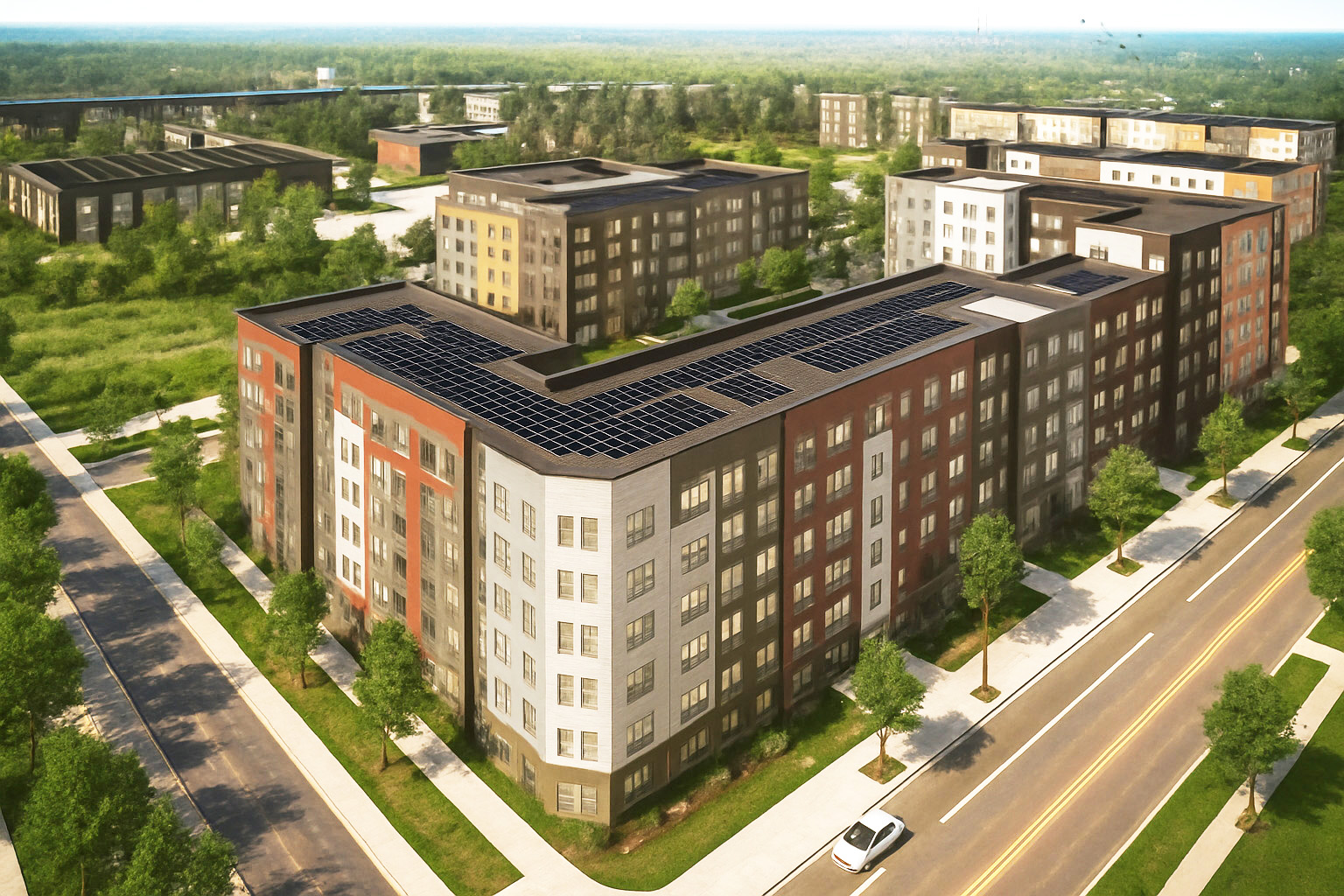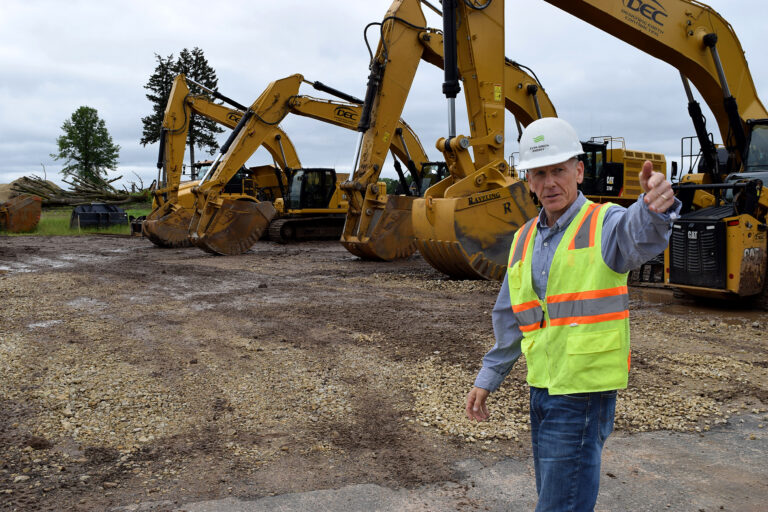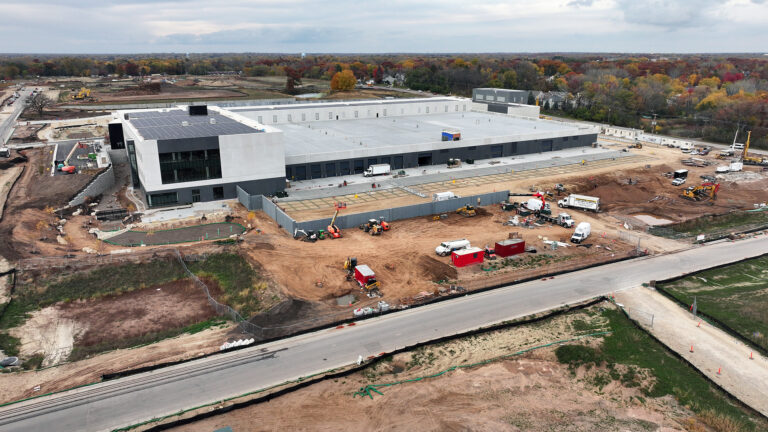St. Paul is tapping Inflation Reduction Act funds and the state’s new green bank to turn an abandoned golf course into a large-scale mixed-use development. Plus, it all runs on geothermal energy.
For nearly a century, Hillcrest Golf Club was home for golf aficionados in St. Paul, Minnesota. Opened in 1921 on land that was originally home to the Dakota people, the 110-acre course was designed by the brother of pro golfer Harry Vardon, grandfather of the modern golf swing. Over the course of its storied existence, the property was bought by Jewish businessmen as a haven for Jewish golfers facing antisemitism and survived challenges from caddy strikes to a fire that engulfed its clubhouse.
In 2017, its owners sold the property. Two years later, as owners struggled to find a buyer due to soil contamination issues that would complicate redevelopment, it was purchased by St. Paul’s Port Authority.
Today, the abandoned golf course is set to enter the next phase of its life as The Heights, a large-scale, mixed-use development that will create 1,000 units of affordable housing and 1,000 living-wage jobs, through several light industrial buildings. Paired with the state’s first-ever geothermal energy system, developers say, the whole project should be carbon neutral.
And the city is tapping into federal funds through the Inflation Reduction Act to make it all happen, as outlined in a new case study by the Local Progress Impact Lab, which equips local elected officials with tools to build racial and economic justice through local government. The case study aims to serve as a guide for others who want to do something similar.
“We really see the Inflation Reduction Act as providing localities with this once-in-a-generation opportunity to leverage federal funding to advance racial, economic, and climate justice for communities,” says Jillia Pessenda, Local Progress’s Minnesota chapter manager.
St. Paul’s Port Authority, which has experience in cleaning and redeveloping brownfields, is leading the transformation of the golf course as the sole land owner and the primary developer.
“There were some challenges to getting the site redeveloped, which is really why the St. Paul Port Authority got involved,” explains Kathryn Sarnecki, the port authority’s chief development officer. “Mercury contamination was widespread due to historical fungicide use to keep the greens looking nice and green after harsh Minnesota winters. There’s also some petroleum areas, some fertilizer areas, and buried debris.”




